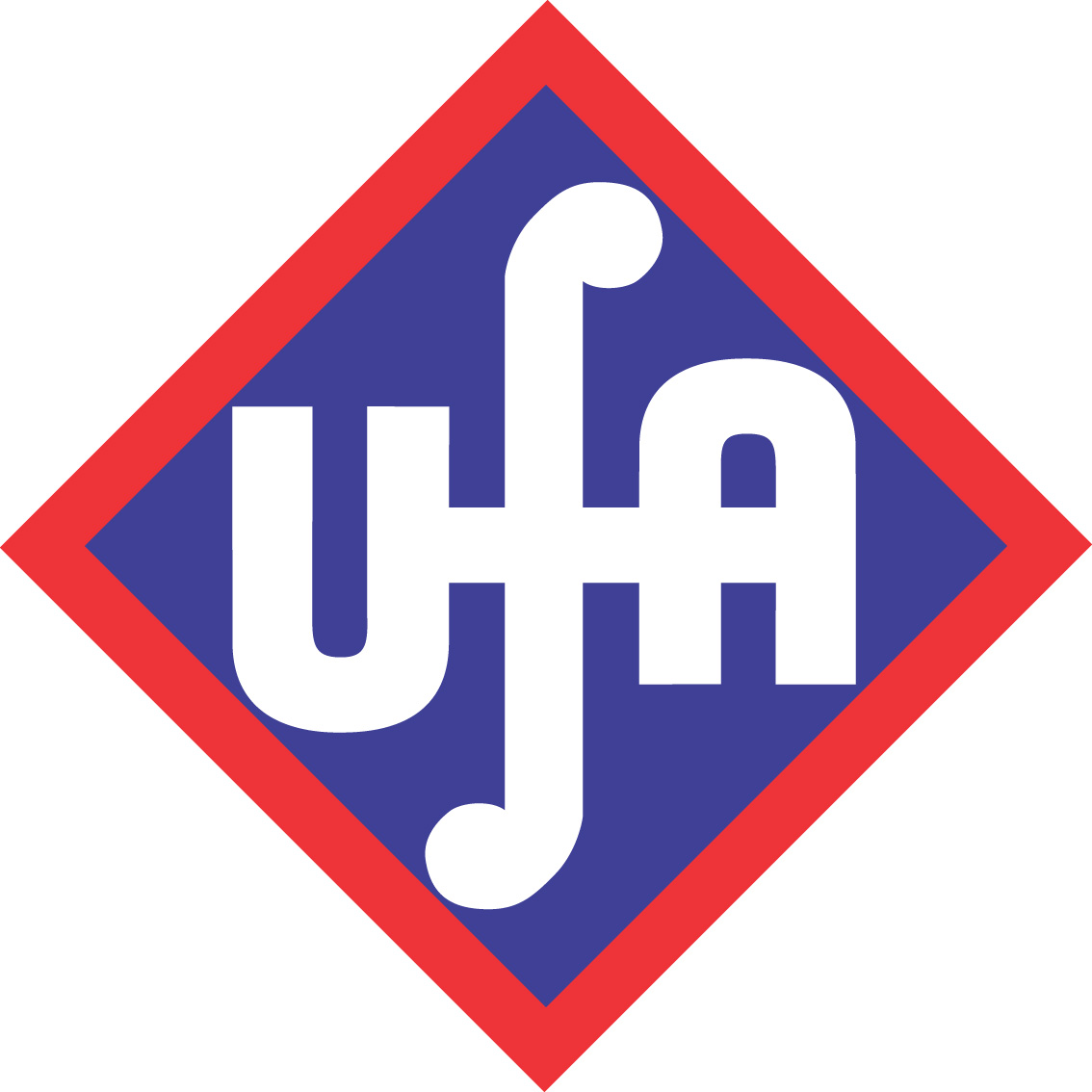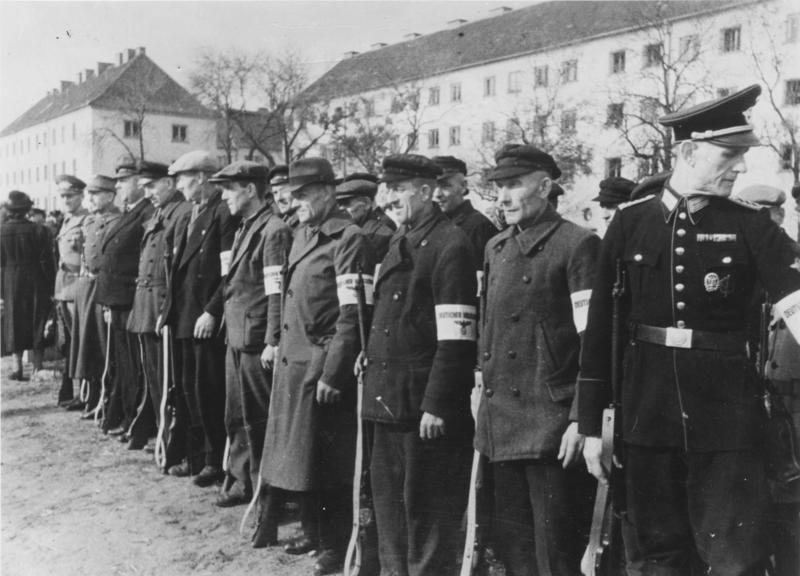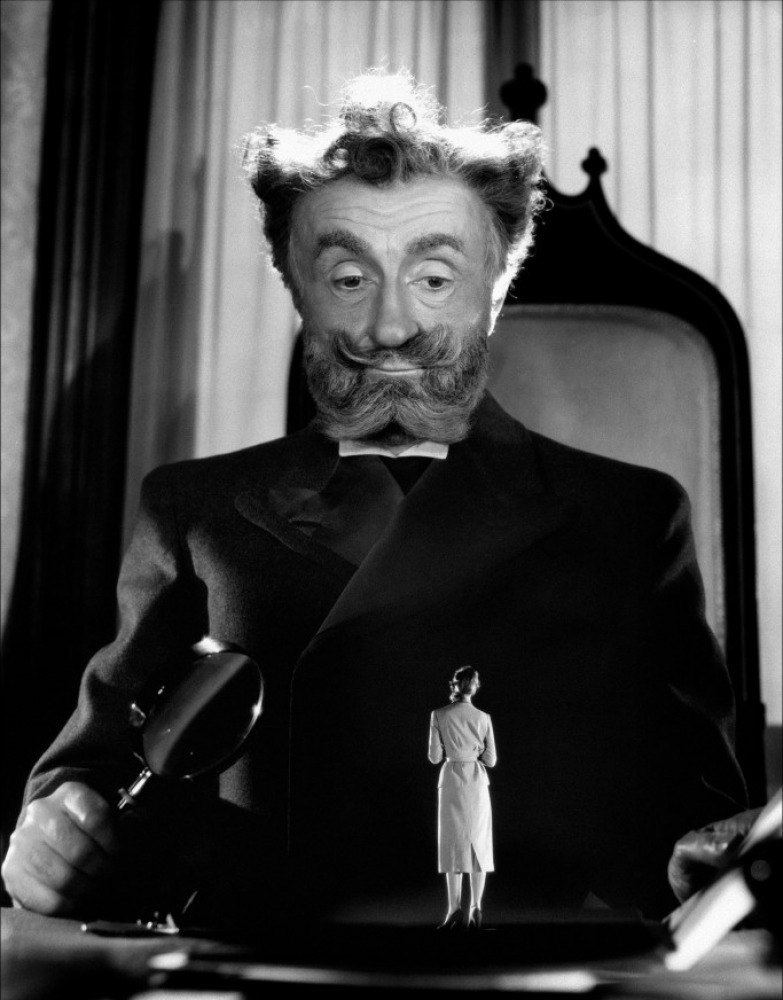|
Heinz Pehlke
Heinz Pehlke (October 8, 1922 – March 12, 2002) was a freelance German cinematographer in film and television. In 1943, he worked as an assistant on the Nazi propaganda film, '' Kolberg'' directed by Veit Harlan and in 1962, on the anti-Nazi television film, '' Jeder stirbt für sich allein'', directed by Falk Harnack. Life and early career Heinz Paul Helmut Pehlke was born in Berlin to Elisabeth (née Knaack) and Friedrich Wilhelm Pehlke, a merchant.Rolf Aurich"Heinz Pehlke - Kameramann"CineGraph, Lexikon zum deutschsprachigen Film. Retrieved March 12, 2012 He first became interested in photography at the age of 12. In 1939, Pehlke began attending a graphic arts school in Berlin. That same year, while on vacation at the Millstätter See, he happened to see a movie being shot, ''Kitty und die Weltkonferenz'', directed by Helmut Käutner, and first became interested in filmmaking. In late summer 1942, at the age of 19, he was accepted as a trainee at Döring Film Werke, which ... [...More Info...] [...Related Items...] OR: [Wikipedia] [Google] [Baidu] |
Freelance
''Freelance'' (sometimes spelled ''free-lance'' or ''free lance''), ''freelancer'', or ''freelance worker'', are terms commonly used for a person who is self-employed and not necessarily committed to a particular employer long-term. Freelance workers are sometimes represented by a company or a temporary agency that resells freelance labor to clients; others work independently or use professional associations or websites to get work. While the term ''independent contractor'' would be used in a different register of English to designate the tax and employment classes of this type of worker, the term "freelancing" is most common in culture and creative industries, and use of this term may indicate participation therein. Fields, professions, and industries where freelancing is predominant include: music, writing, acting, computer programming, web design, graphic design, translating and illustrating, film and video production, and other forms of piece work that some cultural ... [...More Info...] [...Related Items...] OR: [Wikipedia] [Google] [Baidu] |
Universum Film AG
UFA GmbH, shortened to UFA (), is a film and television production company that unites all production activities of the media conglomerate Bertelsmann in Germany. Its name derives from Universum-Film Aktiengesellschaft (normally abbreviated as ''UFA''), a major German film company headquartered in Babelsberg, producing and distributing motion pictures from 1917 until the end of the Nazi era. The name UFA was revived by Bertelsmann for an otherwise unrelated film and television outfit, UFA GmbH. The original UFA was established as Universum-Film Aktiengesellschaft on December 18, 1917, as a direct response to foreign competition in film and propaganda. UFA was founded by a consortium headed by Emil Georg von Stauß, a former Deutsche Bank board member. In March 1927, Alfred Hugenberg, an influential German media entrepreneur and later Minister of the Economy, Agriculture and Nutrition in Hitler's cabinet, purchased UFA and transferred ownership of it to the Nazi Party in ... [...More Info...] [...Related Items...] OR: [Wikipedia] [Google] [Baidu] |
Spandau Prison
Spandau Prison was located in the borough of Spandau in West Berlin. It was originally a military prison, built in 1876, but became a proto-concentration camp under the Nazis. After the war, it held seven top Nazi leaders convicted in the Nuremberg trials. After the death of its last prisoner, Rudolf Hess, in August 1987, the prison was demolished and replaced by a shopping centre for the British forces stationed in Germany to prevent it from becoming a neo-Nazi shrine. History Spandau Prison was built in 1876 on Wilhelmstraße. It initially served as a military detention center of the Prussian Army. From 1919 it was also used for civilian inmates. It held up to 600 inmates at that time. In the aftermath of the Reichstag fire of 1933, opponents of Hitler, and journalists such as Egon Kisch and Carl von Ossietzky, were held there in so-called protective custody. Spandau Prison became a sort of predecessor of the Nazi concentration camps. While it was formally operated by the ... [...More Info...] [...Related Items...] OR: [Wikipedia] [Google] [Baidu] |
Prisoner Of War
A prisoner of war (POW) is a person who is held captive by a belligerent power during or immediately after an armed conflict. The earliest recorded usage of the phrase "prisoner of war" dates back to 1610. Belligerents hold prisoners of war in custody for a range of legitimate and illegitimate reasons, such as isolating them from the enemy combatants still in the field (releasing and repatriating them in an orderly manner after hostilities), demonstrating military victory, punishing them, prosecuting them for war crimes, exploiting them for their labour, recruiting or even conscripting them as their own combatants, collecting military and political intelligence from them, or indoctrinating them in new political or religious beliefs. Ancient times For most of human history, depending on the culture of the victors, enemy fighters on the losing side in a battle who had surrendered and been taken as prisoners of war could expect to be either slaughtered or enslaved. Ea ... [...More Info...] [...Related Items...] OR: [Wikipedia] [Google] [Baidu] |
Soviet Union
The Soviet Union,. officially the Union of Soviet Socialist Republics. (USSR),. was a List of former transcontinental countries#Since 1700, transcontinental country that spanned much of Eurasia from 1922 to 1991. A flagship communist state, it was nominally a Federation, federal union of Republics of the Soviet Union, fifteen national republics; in practice, both Government of the Soviet Union, its government and Economy of the Soviet Union, its economy were highly Soviet-type economic planning, centralized until its final years. It was a one-party state governed by the Communist Party of the Soviet Union, with the city of Moscow serving as its capital as well as that of its largest and most populous republic: the Russian Soviet Federative Socialist Republic, Russian SFSR. Other major cities included Saint Petersburg, Leningrad (Russian SFSR), Kyiv, Kiev (Ukrainian Soviet Socialist Republic, Ukrainian SSR), Minsk (Byelorussian Soviet Socialist Republic, Byelorussian SSR), Tas ... [...More Info...] [...Related Items...] OR: [Wikipedia] [Google] [Baidu] |
Volkssturm
The (; "people's storm") was a levée en masse national militia established by Nazi Germany during the last months of World War II. It was not set up by the German Army, the ground component of the combined German ''Wehrmacht'' armed forces, but by the Nazi Party on the orders of Adolf Hitler and established on 25 September 1944. It was staffed by conscripting males between the ages of 16 and 60 years, who were not already serving in some military unit. The ''Volkssturm'' comprised one of the final components of the total war promulgated by Propaganda Minister Joseph Goebbels, part of a Nazi endeavor to overcome their enemies' military strength through force of will. ''Volkssturm'' units fought unsuccessful futile battles against the Allied forces at the end of the war and on several occasions, its members participated in atrocities accompanied by German civilians and the Hitler Youth, which were overseen by members of the SS or Gau leaders. Origins and organization The ... [...More Info...] [...Related Items...] OR: [Wikipedia] [Google] [Baidu] |
Special Effect
Special effects (often abbreviated as SFX, F/X or simply FX) are illusions or visual tricks used in the theatre, film, television, video game, amusement park and simulator industries to simulate the imagined events in a story or virtual world. Special effects are traditionally divided into the categories of mechanical effects and optical effects. With the emergence of digital film-making a distinction between special effects and visual effects has grown, with the latter referring to digital post-production and optical effects, while "special effects" refers to mechanical effects. Mechanical effects (also called practical or physical effects) are usually accomplished during the live-action shooting. This includes the use of mechanized props, scenery, scale models, animatronics, pyrotechnics and atmospheric effects: creating physical wind, rain, fog, snow, clouds, making a car appear to drive by itself and blowing up a building, etc. Mechanical effects are also often inco ... [...More Info...] [...Related Items...] OR: [Wikipedia] [Google] [Baidu] |
Pathfinder (RAF)
The Pathfinders were target-marking squadrons in RAF Bomber Command during World War II. They located and marked targets with flares, which a main bomber force could aim at, increasing the accuracy of their bombing. The Pathfinders were normally the first to receive new blind-bombing aids like Gee, Oboe and the H2S radar. The early Pathfinder Force (PFF) squadrons was expanded to become a group, No. 8 (Pathfinder Force) Group in January 1943. The initial Pathfinder Force was five squadrons, while No. 8 Group ultimately grew to a strength of 19 squadrons. While the majority of Pathfinder squadrons and personnel were from the Royal Air Force, the group also included many from the air forces of other Commonwealth countries. History Background At the start of the war in September 1939, RAF Bomber Command's doctrine was based on tight formations of heavily armed bombers attacking during daylight and fending off attacks by fighters with their defensive guns. In early mission ... [...More Info...] [...Related Items...] OR: [Wikipedia] [Google] [Baidu] |
Searchlight
A searchlight (or spotlight) is an apparatus that combines an extremely bright source (traditionally a carbon arc lamp) with a mirrored parabolic reflector to project a powerful beam of light of approximately parallel rays in a particular direction. It is usually constructed so that it can be swiveled about. Military use The first use of searchlights using carbon arc technology occurred during the Siege of Paris during the Franco-Prussian War. The Royal Navy used searchlights in 1882 to dazzle and prevent Egyptian forces from manning artillery batteries at Alexandria. Later that same year, the French and British forces landed troops under searchlights. By 1907 the value of searchlights had become widely recognized. One recent use was to assist attacks by torpedo boats by dazzling gun crews on the ships being attacked. Other uses included detecting enemy ships at greater distances, as signaling devices, and to assist landing parties. Searchlights were also used by battl ... [...More Info...] [...Related Items...] OR: [Wikipedia] [Google] [Baidu] |
Anti-aircraft Warfare
Anti-aircraft warfare, counter-air or air defence forces is the battlespace response to aerial warfare, defined by NATO as "all measures designed to nullify or reduce the effectiveness of hostile air action".AAP-6 It includes surface based, subsurface ( submarine launched), and air-based weapon systems, associated sensor systems, command and control arrangements, and passive measures (e.g. barrage balloons). It may be used to protect naval, ground, and air forces in any location. However, for most countries, the main effort has tended to be homeland defence. NATO refers to airborne air defence as counter-air and naval air defence as anti-aircraft warfare. Missile defence is an extension of air defence, as are initiatives to adapt air defence to the task of intercepting any projectile in flight. In some countries, such as Britain and Germany during the Second World War, the Soviet Union, and modern NATO and the United States, ground-based air defence and air defence airc ... [...More Info...] [...Related Items...] OR: [Wikipedia] [Google] [Baidu] |
S-Bahn
The S-Bahn is the name of hybrid urban-suburban rail systems serving a metropolitan region in German-speaking countries. Some of the larger S-Bahn systems provide service similar to rapid transit systems, while smaller ones often resemble commuter or even regional rail. The term derives from ''Schnellbahn'', ''Stadtbahn'' or ''Stadtschnellbahn''. Similar systems in Switzerland are known as S-Bahn as well. In Belgium it is known as S-Trein (Flemish) or Train S (French). In Belgium there are S-Trains in the five largest cities: Brussels, Antwerp, Liège, Ghent and Charleroi. In Denmark, they are known as S-tog , in the Czech Republic as Esko or S-lines. Characteristics There is no complete definition of an S-Bahn system. S-Bahn are, where they exist, the most local type of railway stopping at all existing stations inside and around a city, while other mainline trains only call at major stations. They are slower than mainline railways but usually serve as fast crosstown ... [...More Info...] [...Related Items...] OR: [Wikipedia] [Google] [Baidu] |
Wolfgang Liebeneiner
Wolfgang Georg Louis Liebeneiner (6 October 1905 – 28 November 1987) was a German actor, film director and theatre director. Beginnings He was born in Liebau in Prussian Silesia. In 1928, he was taught by Otto Falckenberg, the director of the Munich Kammerspiele, in acting and directing. Nazi era In 1936, Liebeneiner became a member of the Prussian State Theater () in Berlin and in 1938, he became artistic director of the German Film Academy Babelsberg (). In 1941, he directed the film ''Ich klage an'' (''I accuse'') in cooperation with the Ministry of Public Enlightenment and Propaganda. The film was about voluntary euthanasia of a woman suffering from multiple sclerosis, but was intended to support the T4 euthanasia program. He received a doctorate in the years from 1942 to 1945 while working for Universum Film AG, the largest German film studio at that time. Post war In 1947, Liebeneiner directed the debut of Wolfgang Borchert's play ' (''The Man Outside'') in the Hambur ... [...More Info...] [...Related Items...] OR: [Wikipedia] [Google] [Baidu] |






